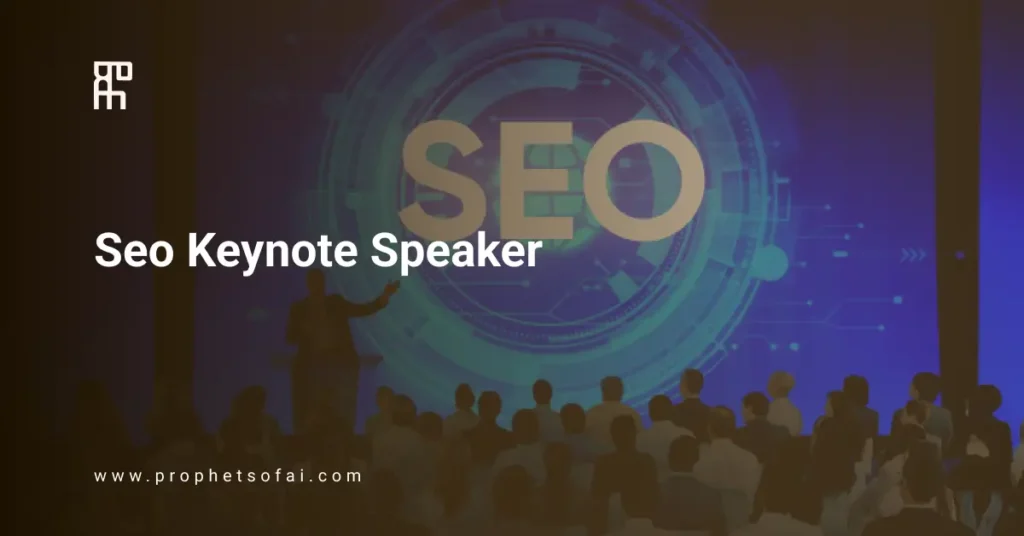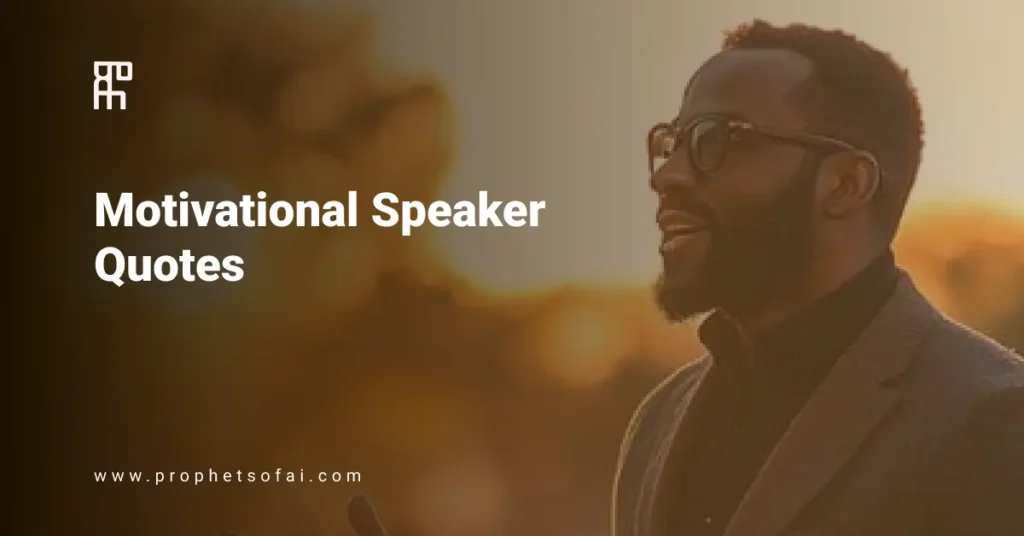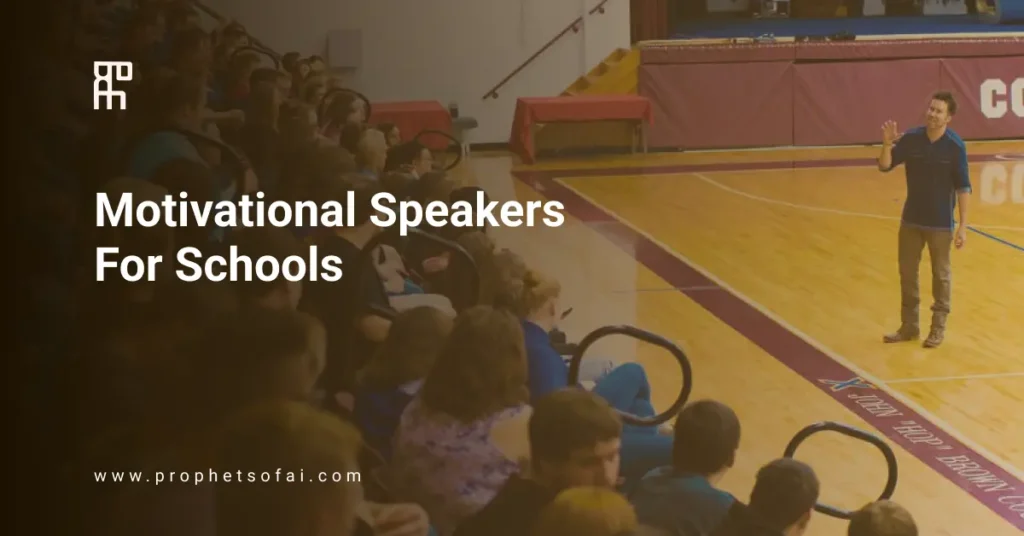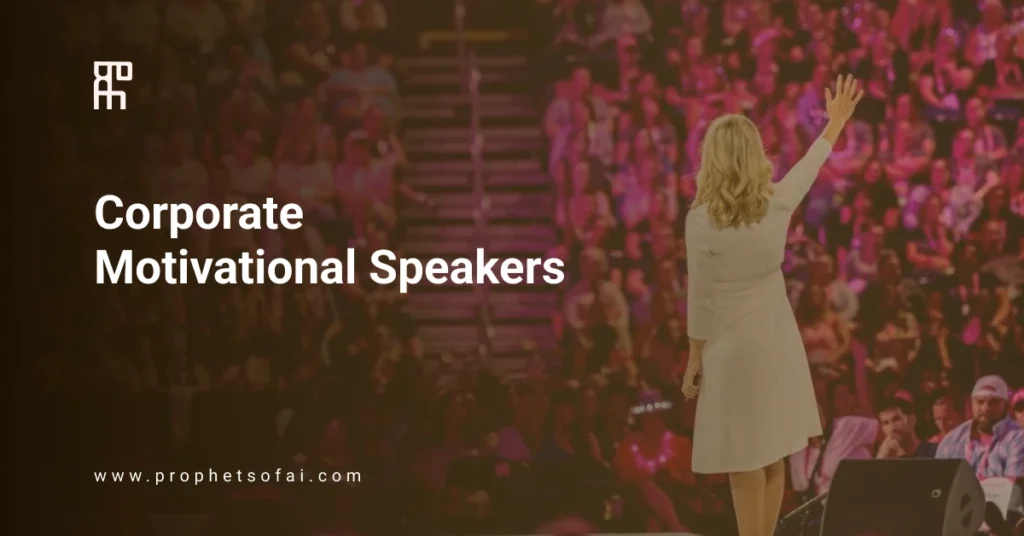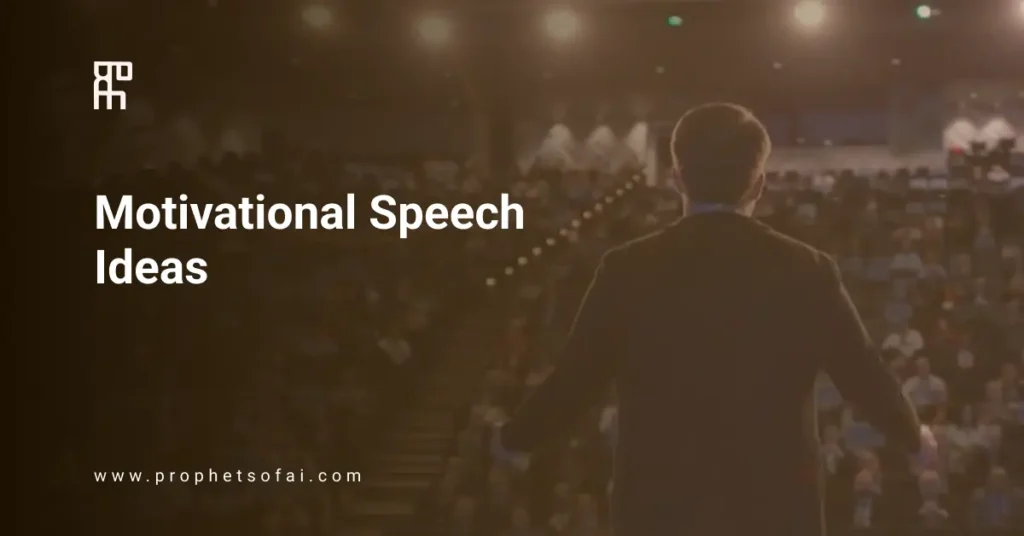Think about the last conference you attended. Which moments do you remember most clearly? Science proves people recall the first and last items most vividly, a phenomenon called the serial position effect.
Your opening and closing keynotes aren’t just speaking slots. They’re the bookends that define how attendees experience and remember your entire event. Place the wrong speaker in the wrong position and you waste both their talent and your budget.
This guide reveals the key differences between these roles, when each matters most, and how to choose speakers who maximize impact at both positions.
Core Differences
Opening Keynote Speaker Role
The opening keynote speaker’s chief aim is to set the tone and establish the overall theme for your event. They begin with high energy, aiming to inspire and ignite excitement among attendees right from the start.
This position is meant to raise interest in your event and boost attendance. The opening speaker sets the tone and gets audiences in the right frame of mind to learn and network. What does a keynote speaker do at this critical moment? They establish themes that thread through multiple sessions over the next few hours or days, creating a framework everything else builds upon.
Closing Keynote Speaker Role
Closing keynote speakers face a different challenge. They must re-engage an audience whose minds may already be wandering towards catching flights, returning to the office, or simply leaving early.
Their job is tying together various threads from all preceding sessions, providing a comprehensive summary of what attendees learned. They offer actionable steps for attendees to implement post-event, sending people off inspired, hopeful, and looking forward to applying new knowledge.
The closing speaker must raise energy levels so the audience leaves on a high note, not with a whimper. This position determines how people remember your event and whether they’ll return next year.
Key Comparison Table
| Aspect | Opening Keynote | Closing Keynote |
| Primary Goal | Set tone, launch event | Synthesize, send off inspired |
| Energy | High energy, excitement | Re-energize, uplift |
| Content Focus | Introduce themes | Tie themes together |
| Challenge | Capture attention quickly | Re-engage distracted audience |
| Outcome | Frame of mind for learning | Actionable takeaways |
| Attendance | Usually highest | Often lower (early departures) |
| Timing | First major session | Final session |
| Preparation | Pre-event coordination | Attend sessions during event |
3. Unique Challenges Each Faces
Opening Keynote Challenges
Opening keynote speakers must capture attention immediately with no warm-up act. They set expectations for the entire event, creating pressure to justify attendee investment in time and money. Their content needs broad appeal for diverse audiences while creating momentum that lasts throughout your program. There’s no second chance at a first impression.
Closing Keynote Challenges
Many attendees may feel they’d rather sneak away and do work in their hotel rooms than stay for the closing session. Audience fatigue after a long event makes re-engagement difficult. Travel schedules compete for attention as people mentally check out early. The closing speaker must synthesize days of content quickly while preventing early departures through compelling content.
The closing slot often gets overlooked during planning but requires equal skill and preparation to pull off effectively.
4. Strategic Considerations
When to Prioritize Opening Keynote
Limited budgets sometimes force choosing one keynote over the other. Prioritize the opening slot when you need strong attendance numbers or your event theme requires clear setup from the start. Building excitement proves crucial for engagement throughout multi-day conferences. First impressions matter most when your audience doesn’t know what to expect.
When to Prioritize Closing Keynote
Focus resources on closing when you need to build anticipation and encourage people to stay for the entire conference. This position matters more when you want your event remembered for specific takeaways. Choose closing if previous years showed weak endings or attendance retention became problematic.
Using Both Strategically
Both roles are significant and complementary when budget allows. Opening sets direction while closing reinforces learning and provides actionable next steps. You can use the same speaker for both if they have range to deliver distinctly different presentations. Different speakers provide fresh perspectives that keep content dynamic rather than repetitive.
5. Selecting the Right Speaker for Each Position
Opening Keynote Speaker Qualities
Look for speakers with high energy and natural enthusiasm. They need strong stage presence from the first moment, commanding attention without needing time to warm up. The ability to unify diverse audiences around common themes matters more than niche expertise. Clear communicators of big-picture themes work best. Respected authority or thought leader status helps draw attendance.
Closing Keynote Speaker Qualities
The best closing speakers spend time understanding the event and audience beforehand, often attending earlier sessions. They synthesize information quickly, pulling together disparate threads into coherent takeaways. Their strength lies in providing practical, actionable frameworks attendees can implement immediately. They must re-energize tired audiences and be compelling enough to prevent early departures. What makes a good keynote speaker in the closing position? The ability to synthesize, energize, and provide actionable value.
Some speakers excel at one position over the other based on their natural style and strengths. Match speaker capabilities to position requirements rather than assuming any good speaker works in both slots.
6. Common Mistakes to Avoid
Opening Keynote Mistakes
Starting with low energy or heavy content kills momentum before it begins. Too much heavy content with threatening or negative undertones throws the room’s energy off when you need it most. Failing to connect with your event theme leaves audiences confused about what they’re supposed to learn. Going too long cuts into your schedule and frustrates attendees. Not setting clear expectations means people don’t know what’s coming next.
Closing Keynote Mistakes
Assuming anyone will stay automatically guarantees empty seats. Simply repeating what was already said wastes everyone’s time. Ending on low energy or negative notes leaves bad final impressions that define how people remember your entire event. Failing to provide clear takeaways means attendees leave without knowing what to do next. Not preparing by attending earlier sessions makes synthesizing impossible.
7.Preparation Differences
Opening Keynote Prep
Opening speakers coordinate with organizers before the event starts. They spend time understanding event goals, central themes, and attendee demographics. Their content gets created in advance based on pre-event briefings. The focus stays broad and inclusive to appeal to everyone.
Closing Keynote Prep
Closing speakers often spend a few days at the event beforehand to better understand the audience and content discussed. They attend key sessions throughout, take notes on recurring themes and insights, then adapt their content based on actual event flow. This real-time preparation requires flexibility and quick synthesis skills.
8. Can One Speaker Do Both?
It’s possible if the speaker has the ability to craft two distinctly different presentations. Some speakers possess the range to launch an event with energy and close it with synthesis and reflection.
However, having two different speakers can offer fresh perspectives, ensuring content remains dynamic rather than repetitive. Two voices prevent fatigue and give your event varied appeal.
If using one speaker for both slots, work closely with them to ensure the two keynotes feel uniquely designed rather than variations of the same message. The opening and closing should complement each other without overlapping content.
Conclusion
Opening and closing keynotes serve distinct strategic purposes at your event. Opening speakers launch with energy and direction. Closing speakers land your message and send attendees home inspired with actionable takeaways. Understanding what is a keynote speaker and their role helps you choose speakers based on position-specific requirements rather than assuming any great speaker works in both slots.
Need help selecting the right speakers for both positions? Prophets of AI matches you with speakers who excel in the exact slot your event needs.
